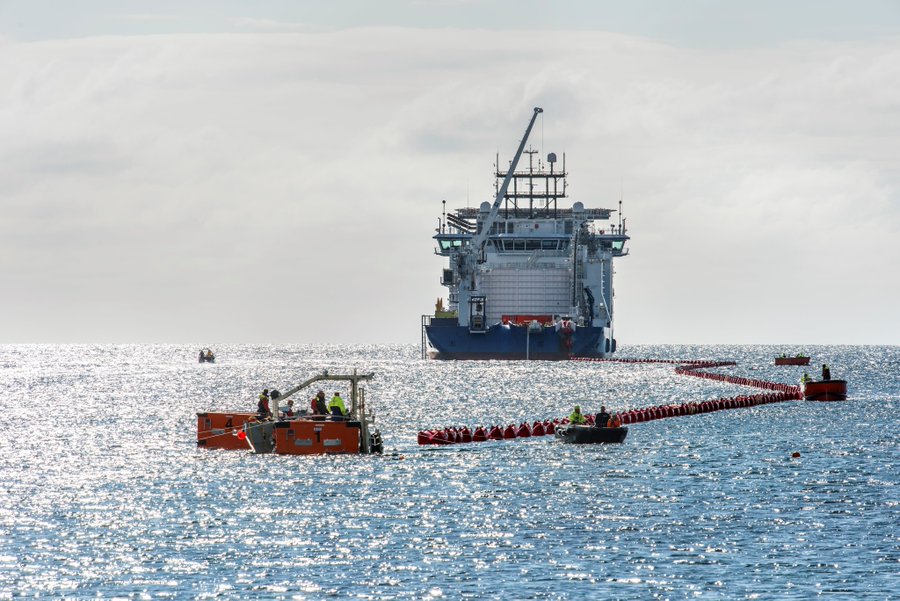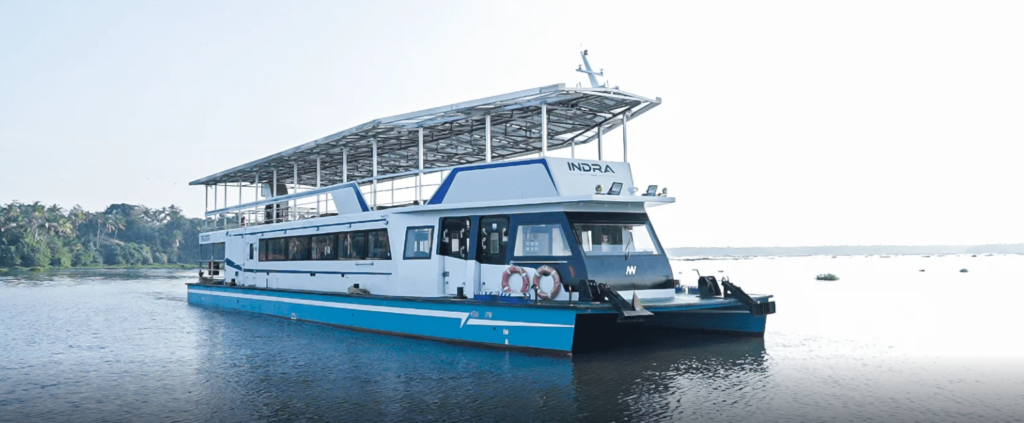The Viking Link interconnector, a big £1.7 billion job by the UK’s National Grid and Danish transmission firm Energinet is a major deal in the energy business. This is the longest land and undersea cable in our world. It’s 475 miles long, joining Bicker Fen near Lincolnshire, UK with Revsing substation which makes electricity down south in Denmark. The project is not only noteworthy for its advanced engineering feat but also a big move to get more green energy for the future.
Technical Specifications and Construction:
- The Viking Link’s first operation power is 800 megawatts (MW) and it plans to raise that up to 1.4 gigawatts (GW) later on. This move will let power to be supplied for as many as 2.5 million UK homes.
- The project needed building stations at both sides, and Siemens Energy in the UK and Energinet in Denmark had big parts to play. These stations are very important for transforming power into the right frequency before sending it to each country’s grid systems.
- The lengthy undersea cable called HVDC (High Voltage Direct Current) made by Prysmian Group plays a crucial part in this project. The setting-up process needed a custom-made ship, The Leonardo Da Vinci and special Asso trenchers cables for burying the wire under the sea floor.
- In the UK, a land cable made of 118 pieces and 67 km total in length, links to the National Transmission Network at Bicker Fen substation.
Environmental and Economic Impact:
- Viking Link is expected to save around 600,00 tons of carbon emitants in its first year. This would be equal to getting about 284 thousand cars off the roads.
- It offers major financial benefits, with UK customers set to save more than £500 million in total over the next ten years because of cheaper Danish power.
Similar Posts
Future Developments and Energy Security:
- National Grid and Energinet aim to get Viking Link running at max power soon. This move will improve both countries’ energy security and effectiveness.
- Viking Link shows how cable’s can tackle the irregularity of renewable energy. It does this while not reducing the use of more renewable energy.
- Viking Link is just one part in the larger plan by National Grid. They’re planning more interconnectors like LionLink to join the UK with the Netherlands.
Katie Jackson, the lead at National Grid Ventures, pointed out how important Viking Link is for using more wind power and making energy safety better. At the same time, Rebecca Sedler from National Grid Interconnectors said their team worked together and tried their best to finish the massive project at hand.
Viking Link shows how countries can work together for energy solutions and help create a future with more connected and green power sources. It also emphasizes on the importance of renewable energy and how essential are new creative ideas to meet the world’s energy needs.


















